Home / Canvas Wraps / Space Canvas Wraps / Hubble
![]()
Shop WhiteClouds for some of the best Space Hubble wall canvas art images online. In its over 30 years of operation, Hubble has made observations that have captured humanity's imaginations and deepened our knowledge of space. Make a statement with these beautiful images of the cosmos.
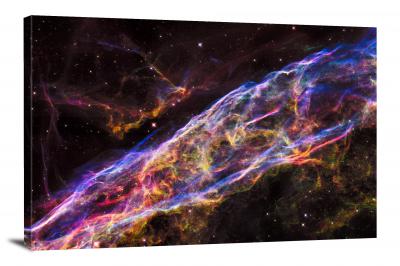
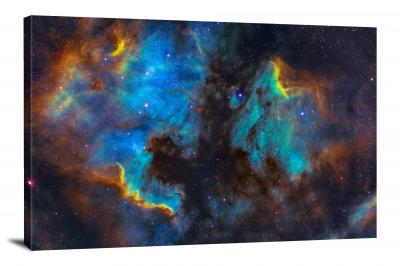
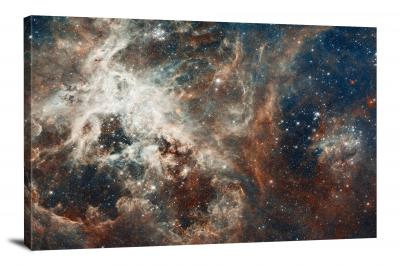
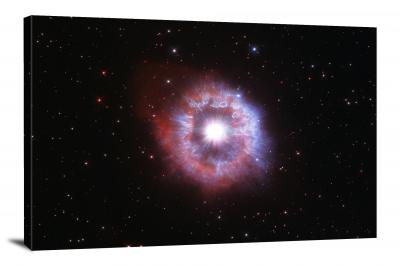
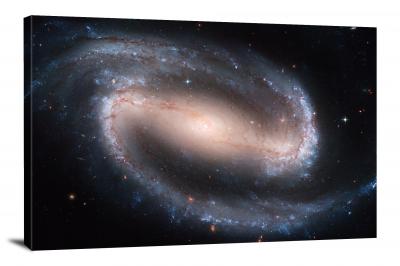
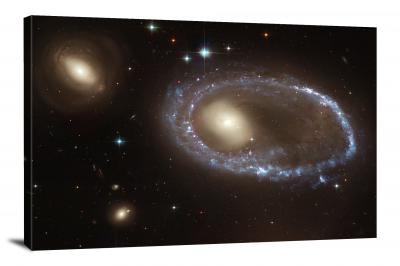
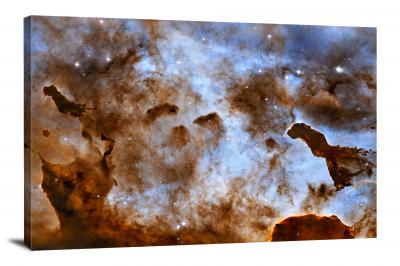
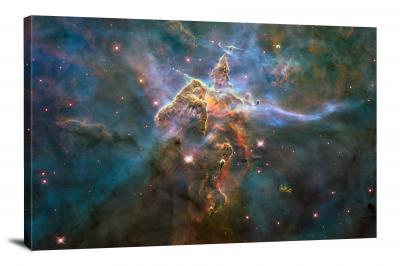
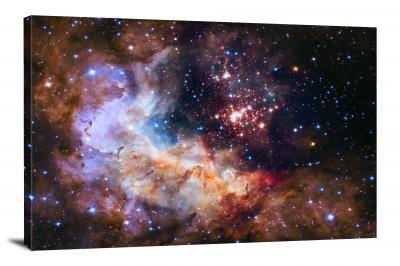
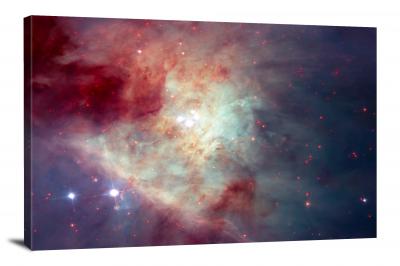
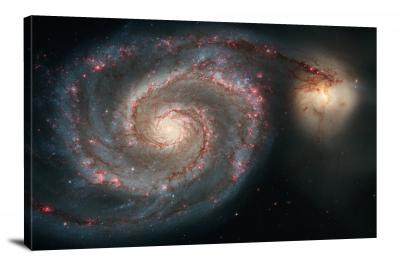
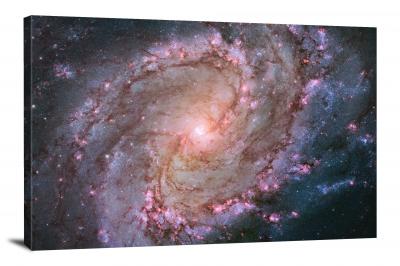
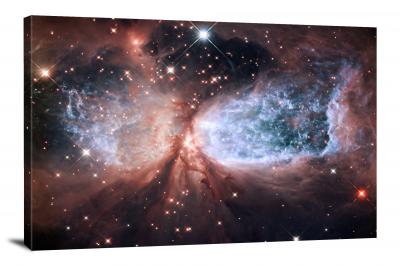
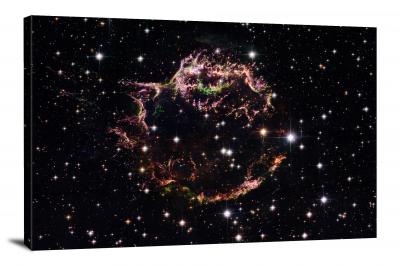
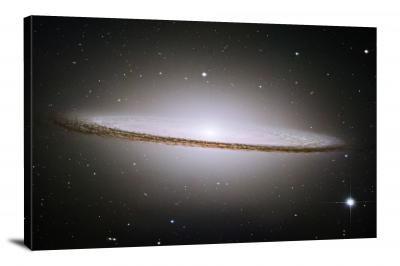
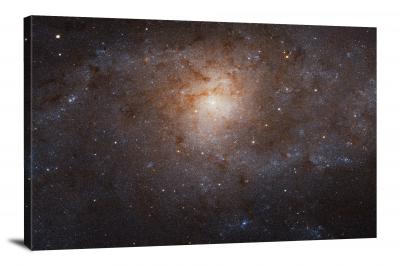
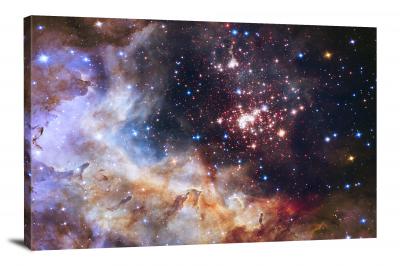
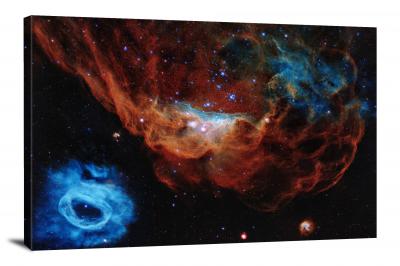
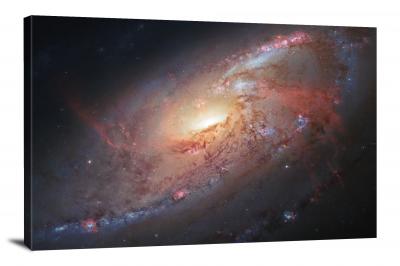
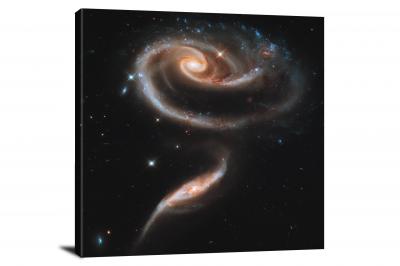
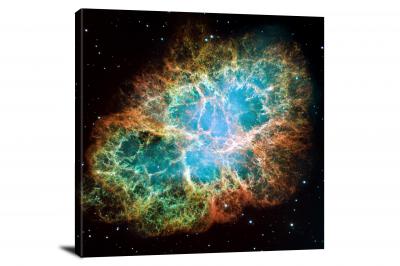
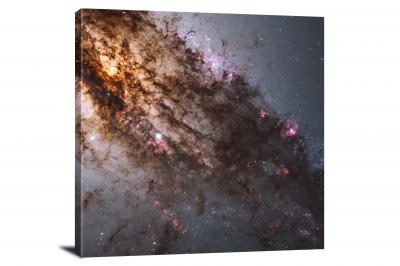
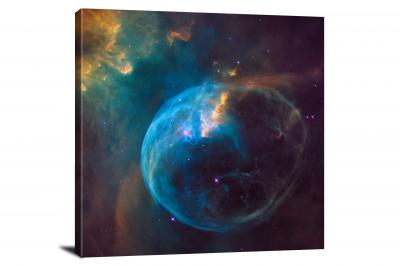
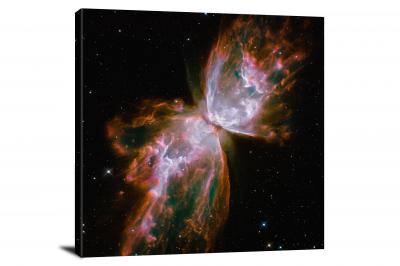
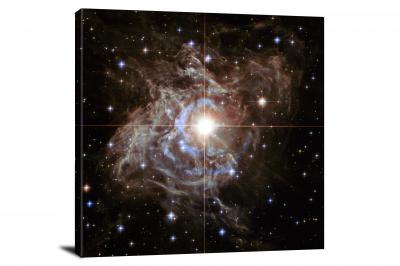
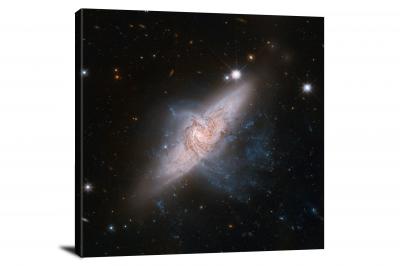
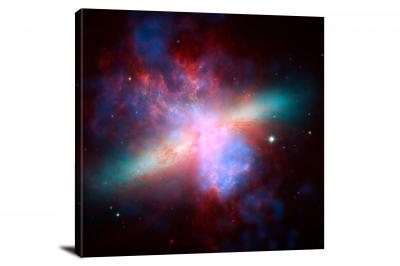
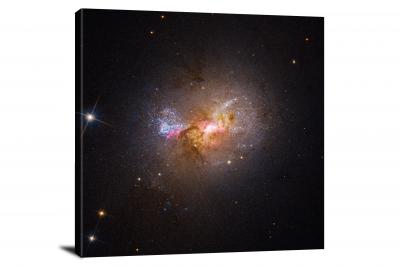
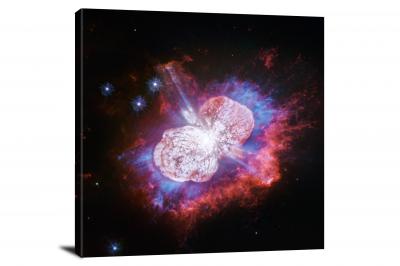
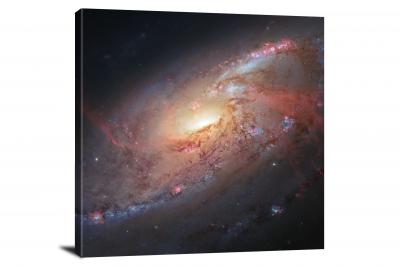
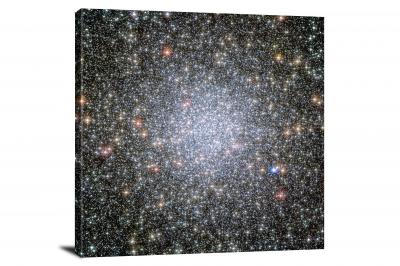
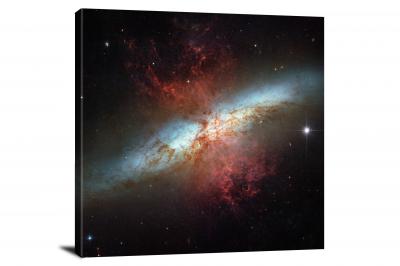
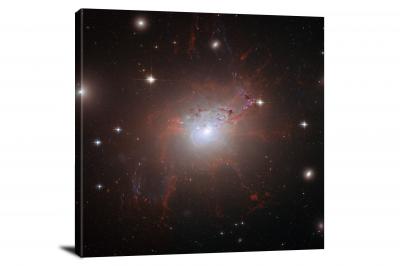
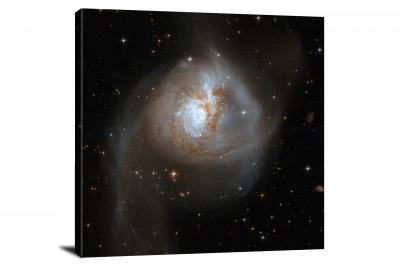
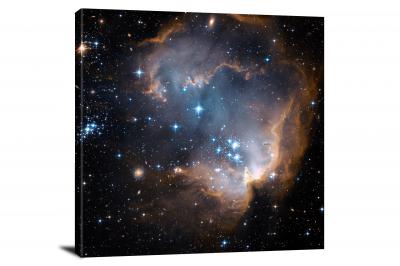
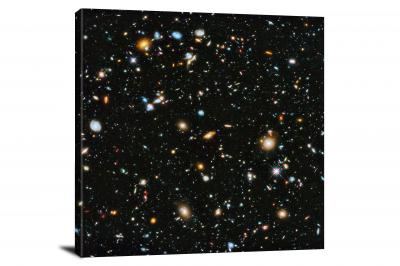
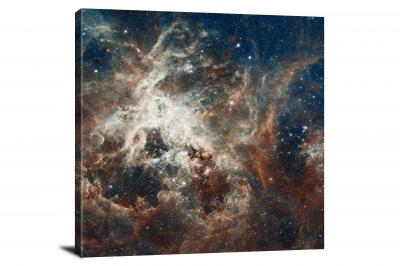
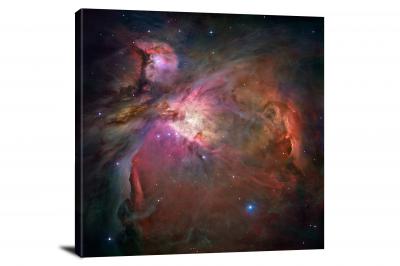
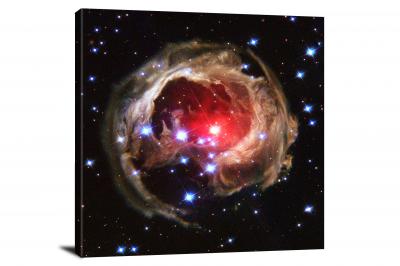
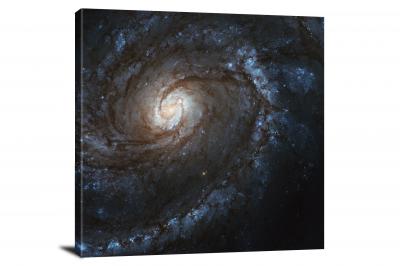
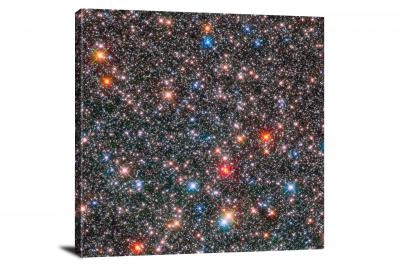
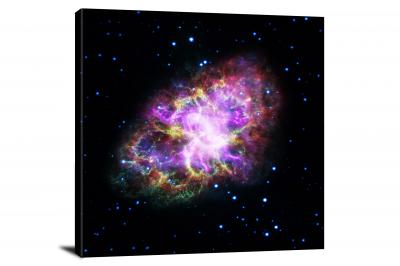
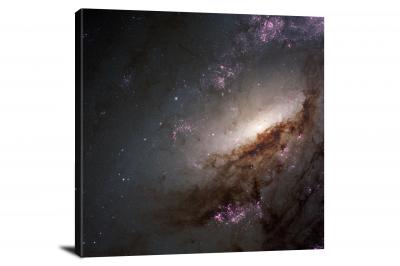
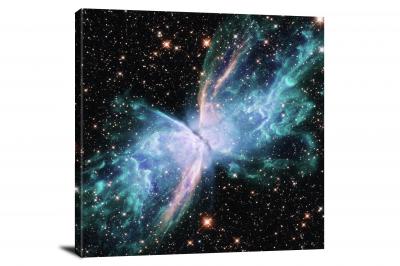
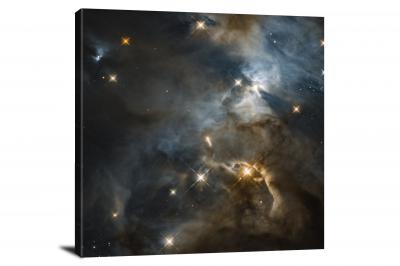
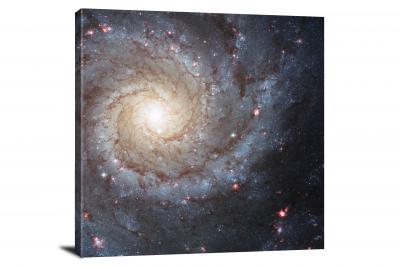
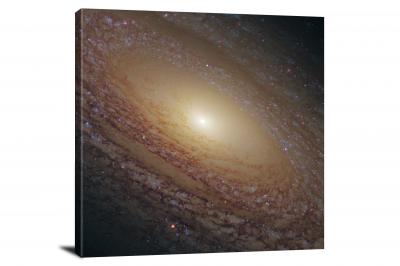
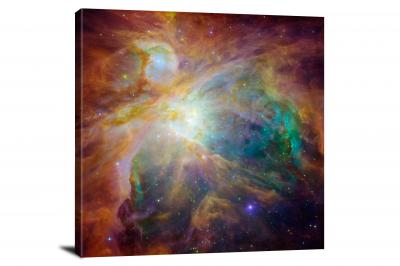
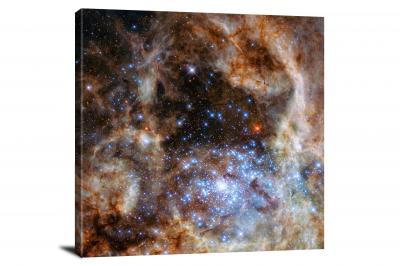
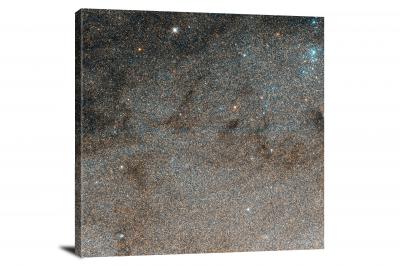
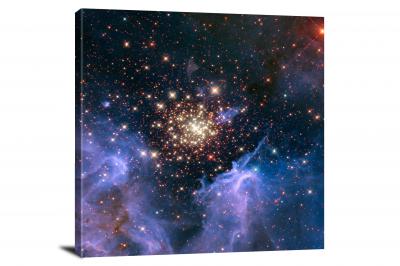
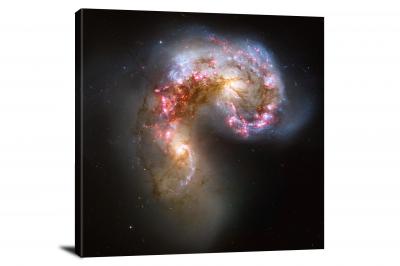
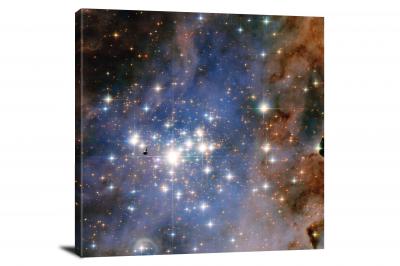
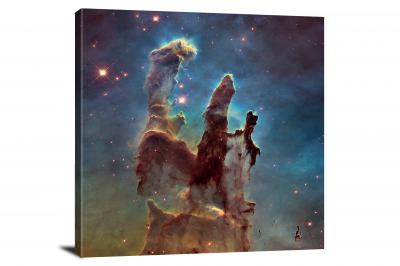
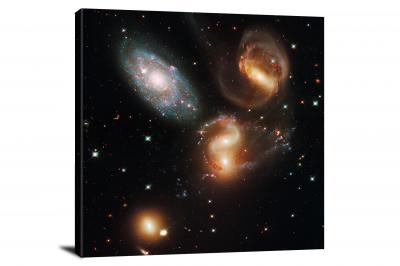
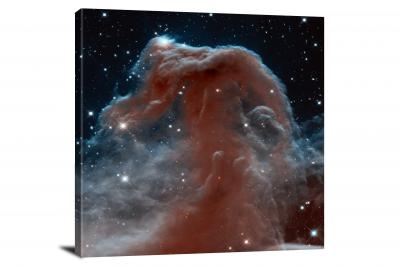
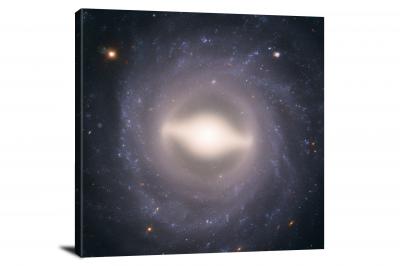
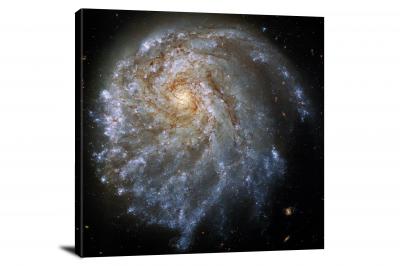
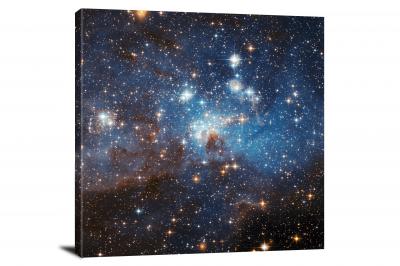
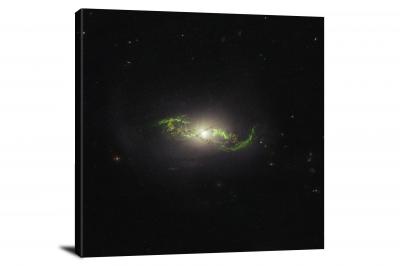
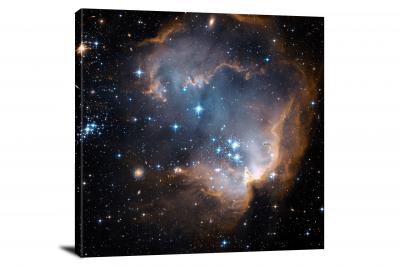
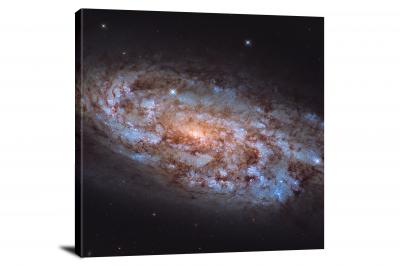
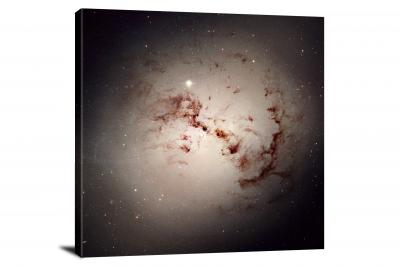
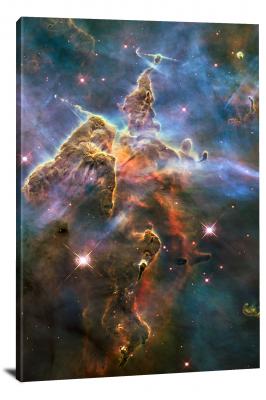
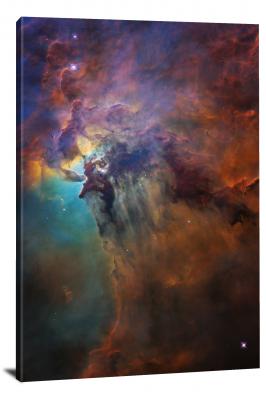
In the vast, uncharted expanse of space, the Hubble Space Telescope (HST) serves as humanity's discerning eye, exploring the cosmos and unraveling mysteries that have long captivated us. For over three decades, Hubble has changed the face of astronomy, casting light on the darkest corners of the universe and providing breathtaking images of cosmic bodies. Let's journey through Hubble's extraordinary legacy, from its turbulent beginnings to its unparalleled scientific contributions.
The Dawn of a New Era
Christened after Edwin Hubble, the astronomer who first confirmed the universe's expansion, the Hubble Space Telescope was designed as an answer to a problem plaguing ground-based telescopes: the Earth's atmosphere. Turbulence in our atmosphere distorts light from celestial objects, blurring our vision of the cosmos.
Launched on April 24, 1990, aboard the space shuttle Discovery, Hubble was an ambitious endeavor to bypass this barrier. Situated approximately 340 miles above Earth's surface, Hubble circumnavigates our planet at a speed of about 17,500 miles per hour, capturing stunning, unobstructed views of the universe.
A Rocky Start and Triumphant Recovery
Hubble's journey, however, was not always smooth sailing. Shortly after its deployment, a critical flaw was discovered in the telescope's primary mirror — it had been ground to the wrong shape due to a minute miscalculation. The resulting aberration, known as "spherical aberration," significantly blurred Hubble's images, casting a shadow over its anticipated scientific contributions.
However, in a stunning display of human ingenuity and determination, NASA embarked on a daring space mission to correct the flaw. In December 1993, astronauts aboard the space shuttle Endeavour executed a series of complex spacewalks to install corrective optics, known as COSTAR (Corrective Optics Space Telescope Axial Replacement), effectively giving Hubble 'spectacles.' The mission was a resounding success, and Hubble began its remarkable journey in earnest, forever changing our understanding of the universe.
The Scientific Legacy of Hubble
Equipped with a variety of scientific instruments that capture images in visible, ultraviolet, and near-infrared light, Hubble has contributed significantly to various fields of astronomy.
Expanding Universe: Edwin Hubble's observations of an expanding universe were the first steps towards the Big Bang Theory. The Hubble Space Telescope has since played a vital role in determining the rate of this expansion, known as the Hubble Constant, offering insights into the universe's age, size, and ultimate fate.
Galaxy Evolution: By observing galaxies at various stages of development, Hubble has shed light on galaxy formation and evolution. The 'Hubble Deep Field' and 'Hubble Ultra Deep Field' images, containing thousands of galaxies, offer a profound look at the universe's history, dating back to just a few hundred million years after the Big Bang.
Dark Matter & Dark Energy: Hubble's observations of gravitational lensing, where light from distant galaxies is bent around closer massive objects, have provided evidence for the existence of dark matter. Moreover, studies of distant supernovae have pointed to the presence of a mysterious dark energy, accelerating the universe's expansion.
Planetary Science: Within our solar system, Hubble has closely observed the planets, providing stunning images and valuable data. From tracking atmospheric changes on Mars and Jupiter to studying the plumes on Europa and even capturing images of Pluto's surface, Hubble has significantly contributed to planetary science.
Hubble's Cultural Impact
Beyond its scientific contributions, Hubble has had a profound cultural impact. Its spectacular images have not only graced the covers of scientific journals but also found their way into mainstream media, art, and literature. They have fundamentally changed the way we perceive our universe, infusing a sense of awe and wonder into our collective consciousness.
Hubble's Future
Despite its age, Hubble remains an invaluable asset to the scientific community. While the James Webb Space Telescope is poised to be a scientific successor, Hubble's unique capabilities, especially in the ultraviolet range, will continue to make it an important tool for research.
The Hubble Space Telescope has transformed our understanding of the universe, standing as a testament to human curiosity, ingenuity, and our relentless pursuit of knowledge. As it continues to unravel the cosmos's mysteries, Hubble inspires us to look beyond our planetary borders and seek answers hidden among the stars.